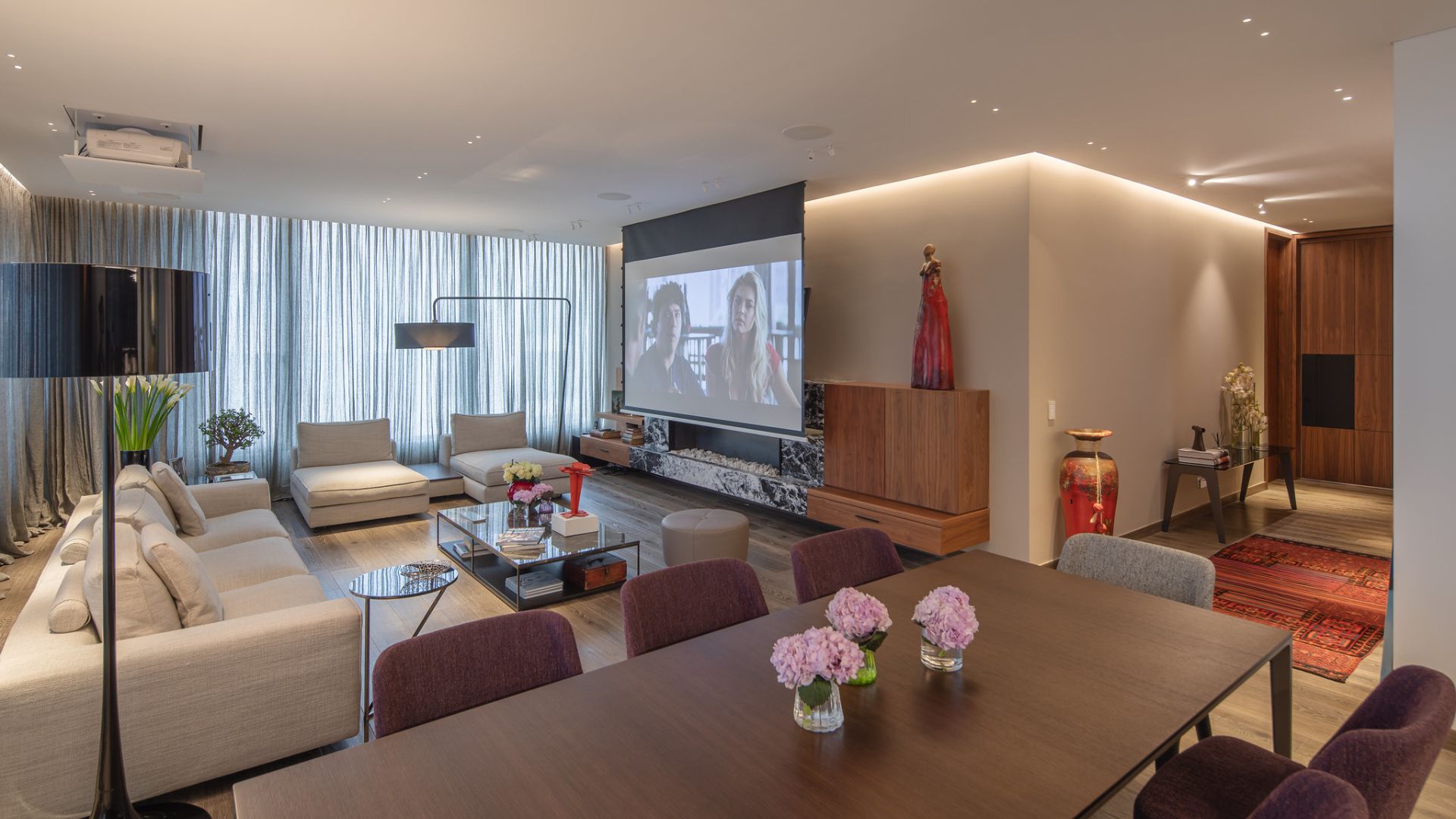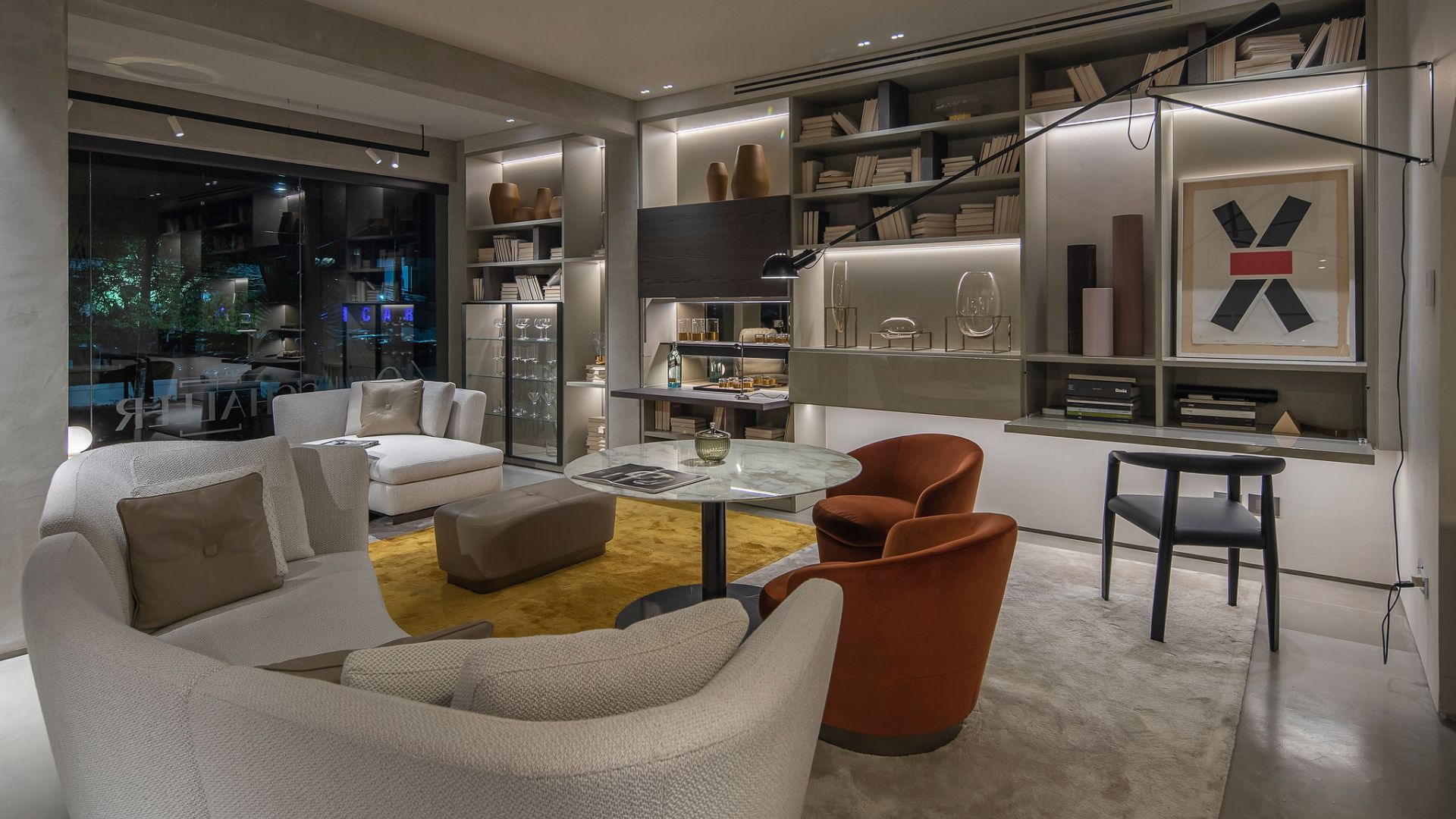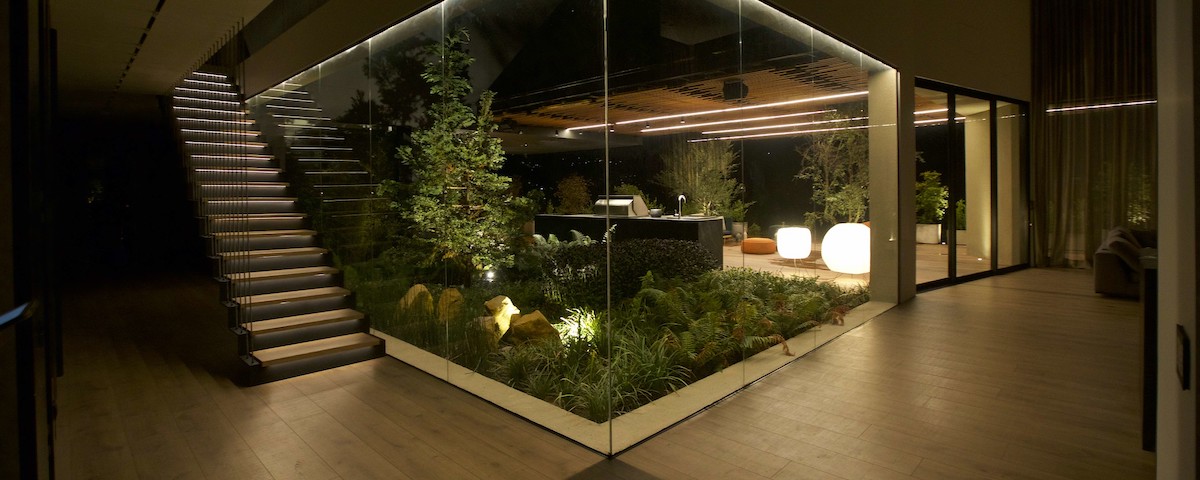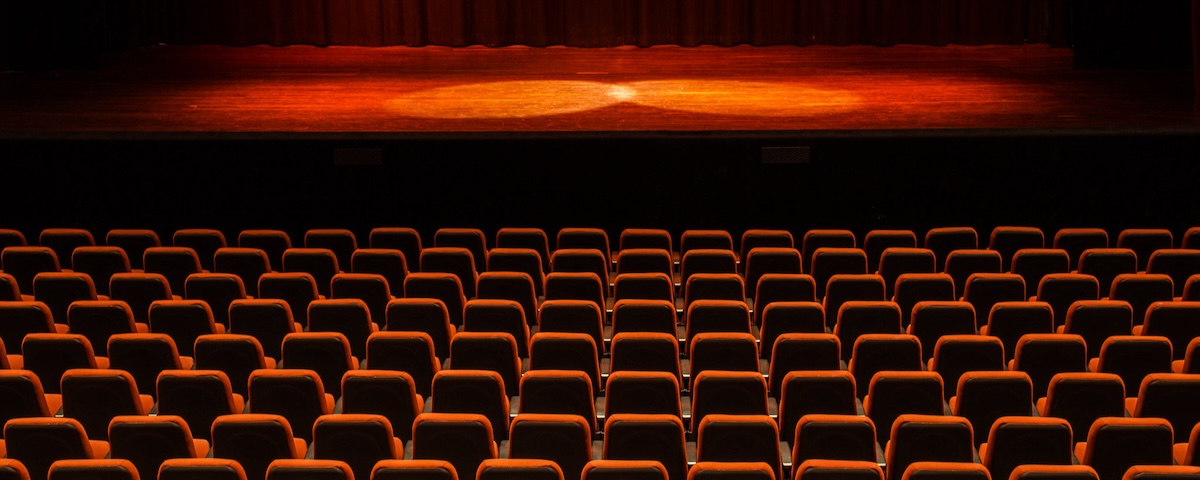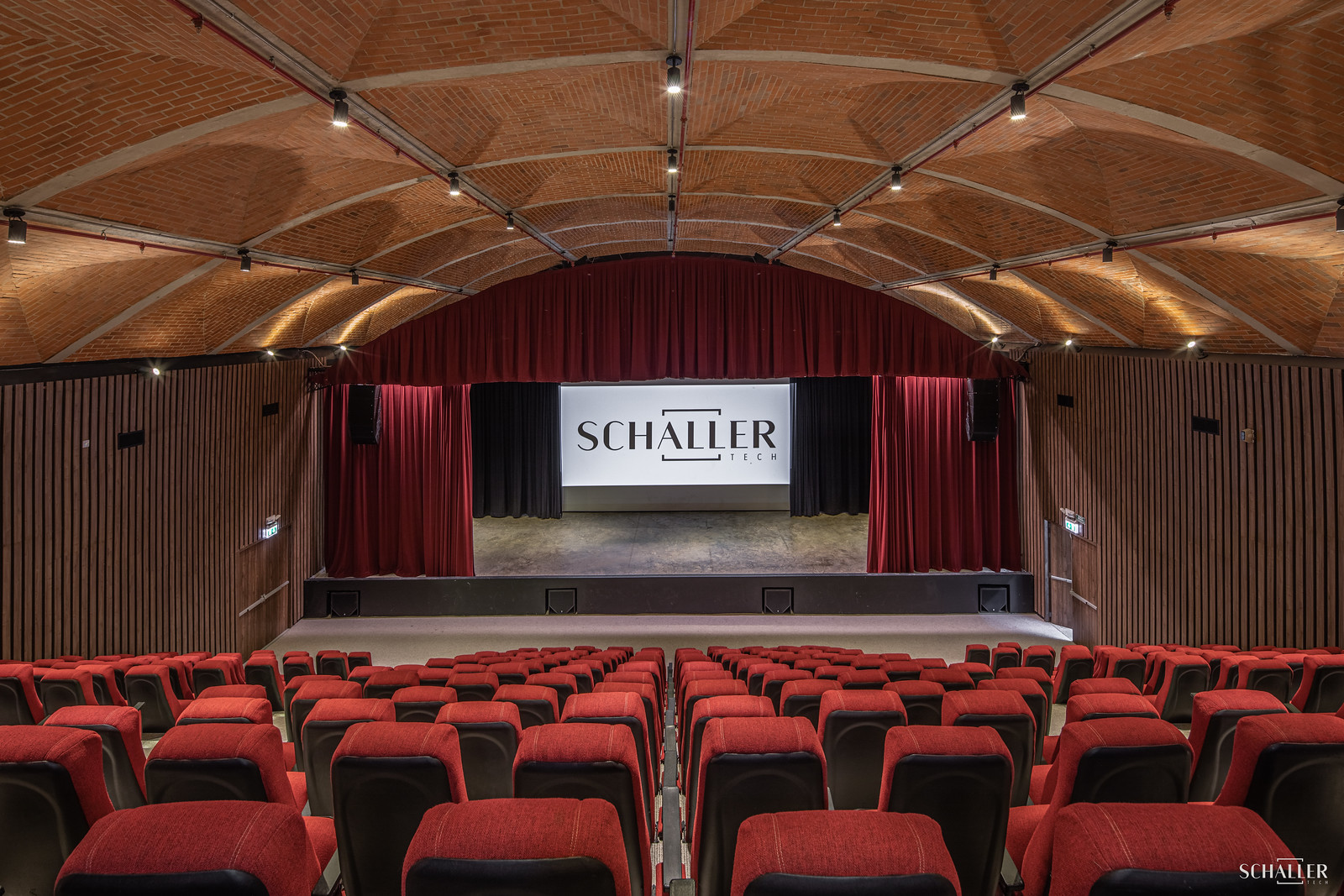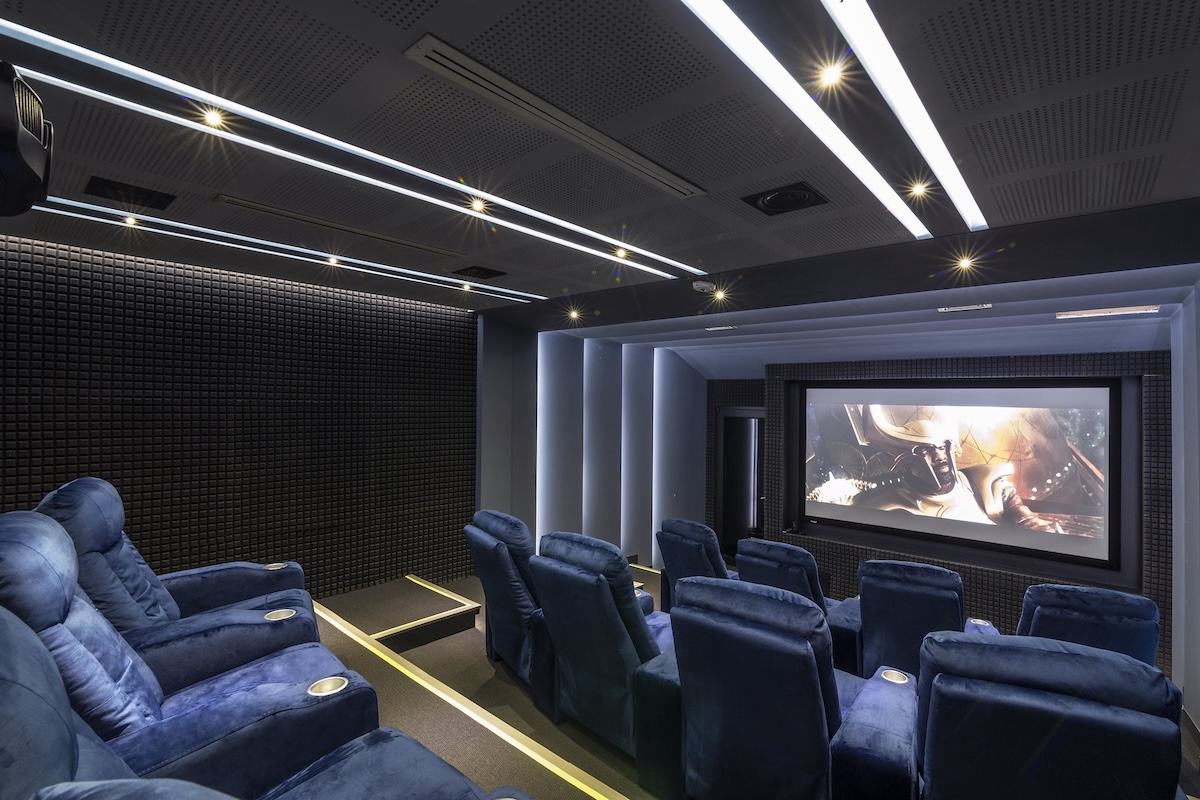Table of contents
At Schaller Design Lab, we understand that the buzz of a busy office can spark creativity, but when it’s time to focus, a cacophony of clicks, chats, and calls can shatter concentration. That’s where the magic of acoustic design comes into play. We’re diving deep into how tailored soundscapes can transform your workspace into a haven of productivity and peace. Stick with us to uncover the secrets of balancing collaboration with concentration through innovative acoustic solutions.
Importance of Acoustic design in Workspaces
Creating a Productive Environment
In the realm of acoustic design, productivity is king. We at Design Lab understand that the ambiance of a workspace drives the energy of its occupants. Noisy environments lead to distractions, and a lack of privacy can halt the flow of ideas dead in their tracks. Soundproofing and proper sound absorption materials are more than just an aesthetic choice—they’re a productivity imperative.
Here’s how acoustic design propels productivity:
- It limits external noise, allowing teams to engage without interruption.
- Tailored acoustics facilitate both lively collaboration and quiet, focused work.
- A well-designed sound environment reduces stress, fostering a healthier, more dynamic workplace.
Enhancing Concentration and Focus
Distractions are the nemesis of deep work. Enhanced concentration and focus are achievable through strategic acoustic planning—which is precisely what we excel at Design Lab. The right mix of sound masking and spatial design ensures clarity of thought and the ability to delve deeper into tasks at hand.
Key components of an acoustically tuned workspace include:
- Acoustic Panels: These absorb sound, preventing echoes and reverberation.
- Background White Noise: A gentle hum can effectively mask distracting sounds.
- Sound Zoning: Different areas are designed with varied acoustic needs in mind.
By integrating these elements, workspaces transform into sanctuaries for innovation and efficiency. Design Lab’s expertise ensures that each acoustic design solution we implement is a step toward a profoundly more productive and focused work environment.
Factors to Consider in Acoustic Design

A room under construction showcasing a wall insulated with bright green fiberglass, indicating the process of creating a soundproof environment.
When we’re crafting an acoustic design plan for any workspace, there are several crucial factors to bear in mind. Here at Design Lab, we pay close attention to each of these components to ensure the end result meets our high standards for acoustic performance.
Noise Reduction
Reducing unwanted sound is a top priority in workspace acoustic design. High levels of noise are not just distracting—they can also have a negative impact on employees’ well-being and productivity. We focus on:
- Identifying the primary sources of noise within the workspace and targeting them directly.
- Utilizing high-quality materials that prevent sound transmission from external sources.
- Employing architectural modifications that block pathways through which noise travels.
We integrate these strategies seamlessly to minimize disturbance and create a quieter, more serene work environment.
Sound Absorption
Addressing sound reflections within a space is crucial to managing acoustics effectively. Sound absorption involves the following methods:
- Installing acoustic panels and ceiling tiles that capture and convert sound energy.
- Using sound-absorbing furniture and decorative elements that complement the office aesthetics.
- Selecting flooring and wall materials that reduce reverberation and echoing.
By prioritizing sound absorption, we ensure that the overall acoustic clarity is enhanced, allowing for clearer communication and concentration.
Sound Masking
To strike the perfect balance between too quiet and too loud, sound masking is an essential tool in our acoustic design arsenal. This technique involves:
- Introducing a background noise level that masks disruptive sounds.
- Fine-tuning the sound masking system to the specific needs of the workspace.
- Adjusting the frequency and volume to create a consistent ambient sound that promotes privacy without being intrusive.
Employing sound masking correctly can make private conversations unintelligible to unintended recipients, effectively protecting speech privacy. At Design Lab, we calibrate these systems to fit seamlessly into the workplace environment, providing a comfortable auditory backdrop that facilitates focus and productivity.
By considering noise reduction, sound absorption, and sound masking, we design spaces that cater to the acoustic needs of modern work environments. Our approach fosters spaces where collaboration can blossom without sacrificing individual concentration and well-being.
Acoustic Design Techniques for Workspaces
Proper Furniture Placement
In the realm of acoustic design, proper furniture placement plays a pivotal role in enhancing the sound quality of a workspace. At Design Lab, we’ve found that positioning furniture away from hard surfaces can help in minimizing sound reflection. Creating zones with furniture arrangements is another effective strategy. Desks, partitions, and soft-seating areas can be set up in ways that limit the carry of sound across different work areas. Strategically placing large, upholstered furniture items like couches or bookshelves can absorb sound and reduce the overall noise levels, thereby fostering environments conducive to both collaboration and deep focus.
Strategic Use of Materials
We’ve learned that the strategic use of materials significantly impacts the acoustic comfort within a workspace. Design Lab utilizes a variety of materials that are chosen for their sound-absorbing qualities. Soft materials, such as carpets or rugs, can greatly diminish the impact of foot traffic noise. Acoustic panels, made from foam or fiberglass, can be installed on walls and ceilings to absorb sound waves and reduce echo. Moreover, the introduction of ceiling tiles crafted from sound-absorbent materials can prevent the spread of noise vertically through open-plan spaces and between floors.
Soundproofing Measures
To ensure a truly serene work environment, soundproofing measures are essential. These measures include sealing gaps around doors and windows, which can be significant sources of sound leakage. High-quality door sweeps and weatherstripping can drastically cut down on noise transmission. In spaces where confidentiality is crucial, such as meeting rooms, additional measures like double-glazed glass can offer a substantial reduction in sound intrusions. Design Lab’s approach to soundproofing extends beyond reactive solutions; it integrates advanced technologies like sound masking systems, which emit unobtrusive background noise to minimize the perceivability of disruptive sounds.
By incorporating these techniques, we continuously enhance the acoustic experience in workspaces, ensuring that the auditory environment matches the aesthetic and functional quality that Design Lab is known for.
Benefits of Good Acoustic Design in Workspaces
Reduced Stress and Fatigue
In our experience at Design Lab, the impact of sound on workplace wellness is considerable. Good acoustic design is pivotal for creating an environment that promotes well-being. It’s been shown consistently that workspaces with sound acoustic design lead to significantly lower stress levels and reduced fatigue among employees. This can be attributed to the reduction of distracting noises which are often the source of stress in open-plan offices. When these noise levels are mitigated through strategic acoustic planning, employees can concentrate better and maintain high levels of productivity without the added strain of auditory interruptions.
Improved Privacy and Confidentiality
Our clients at Design Lab frequently underscore the importance of acoustic design in achieving privacy and confidentiality in their workspaces. Sensitive information requires discreet conversations, and without adequate acoustic solutions, this can be compromised. Effective soundproofing and acoustic treatments ensure that private meetings and phone calls remain confidential. Furthermore, we’ve noted that when employees feel confident that their discussions are not being overheard, there’s a marked improvement in the openness and frequency of in-house communication. This trust in the workspace’s acoustic integrity contributes significantly to a more secure and efficient work environment.
Case Studies of Successful Acoustic Design in Workspaces
Innovative Office Designs

A modern meeting room showcasing a vibrant design with a long white table, comfortable chairs, and a wall adorned with colorful sound-absorbing panels.
In the realm of acoustic design, Design Lab has successfully transformed several workspaces. Our projects stand as testaments to the power of integrating seamless acoustics into contemporary office designs. We’ve found that reduction of noise pollution is paramount, with creative solutions to manage decibel levels without sacrificing style. In Silicon Valley, we revamped a tech giant’s headquarters, where our strategic placement of sound-absorbing panels drastically reduced echo. This initiative was coupled with floating ceilings that absorb sound and a flooring system designed to decrease footfall noise. Employees reported a noticeable reduction in distractions, leading to a measurable uptick in productivity.
We’ve also pioneered the use of acoustic-friendly furniture that doubles as a sound barrier in open-plan offices. We equipped a New York marketing firm with custom-designed workstations featuring built-in sound dampening panels that defined personal spaces while keeping the office visually accessible. Post-implementation surveys highlighted a significant improvement in employees’ ability to concentrate, a testament to our innovative acoustic solutions.
Effective Collaboration Spaces
Creating spaces that foster collaboration without contributing to noise can be challenging. At Design Lab, we’ve designed several collaboration spaces that facilitate easy communication while containing noise. One standout example is our project for a multinational consulting firm in Chicago, where we integrated high-performance acoustic materials into multi-use meeting pods. The pods are equipped with soundproof glass and insulated wall panels, effectively providing an oasis of concentration within a bustling office landscape.
Additionally, our designs often incorporate sound masking technology, which adds a subtle, unobtrusive background noise to mask the distraction of human speech. For a law firm in Washington, D.C., we installed state-of-the-art sound masking devices tailored to the firm’s specific acoustic needs. These devices were strategically placed throughout the office, ensuring confidential conversations stayed private without the need for bulky sound barriers. As a result, lawyers and clients experience an environment conducive to focus and diverse forms of collaboration without compromising on confidentiality.
Through these case studies, it’s clear that Design Lab excels at mastering the art of acoustic design to create workspaces that are as functionally sound as they are aesthetically pleasing. Our work continuously redefines how office spaces perform, transforming the way people experience their work environment day in and day out.
Conclusion
We’ve seen how strategic acoustic design can transform workspaces into havens of productivity and tranquility. Our exploration of Design Lab’s techniques underscores the significance of sound considerations in modern office layouts. From soundproofing to advanced sound masking systems, the efforts to control acoustics are vital in fostering a comfortable and efficient work environment. The positive impacts on stress reduction and focus are clear—employees thrive when their auditory surroundings are meticulously crafted. Moreover, ensuring privacy through acoustic treatments not only enhances communication but also fortifies the security of sensitive information. The case studies we’ve shared illustrate the tangible benefits of acoustic design, proving it’s an investment that pays dividends in employee satisfaction and overall business success. Let’s embrace the harmony of well-designed soundscapes and watch our workspaces—and our work—flourish.
Frequently Asked Questions
What are the key factors in acoustic design for productive workspaces?
Proper furniture placement, strategic use of materials, soundproofing measures, and the integration of advanced technologies like sound masking systems are key factors in acoustic design for productive workspaces.
How does acoustic design impact employee well-being in the workplace?
Good acoustic design in workspaces helps in reducing stress and fatigue among employees, which leads to improved concentration and higher productivity levels.
Why is acoustic design important for privacy in the office?
Effective soundproofing and acoustic treatments ensure that private conversations and phone calls remain confidential, leading to better communication and a more secure work environment.
What role do sound masking systems play in acoustic design?
Sound masking systems are used to minimize disruptive background sounds, contributing to a more focused work environment that enhances overall employee performance.
Can you provide examples of successful acoustic design implementation?
The article discusses case studies of Design Lab’s successful acoustic design implementations in workspaces that resulted in improved productivity and concentration through strategic acoustic solutions.
Our Portfolio
Table of contents




